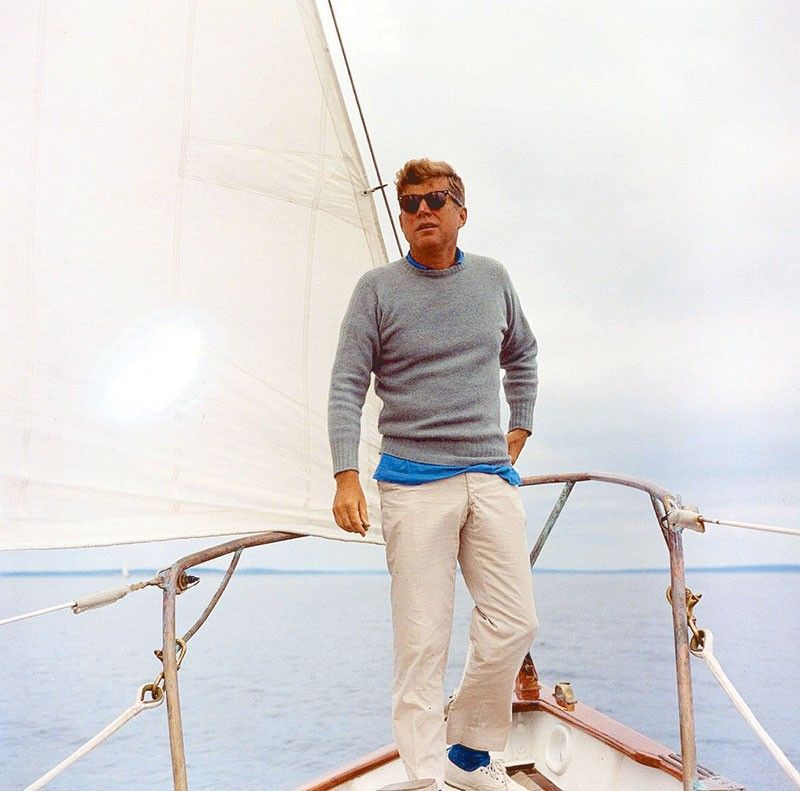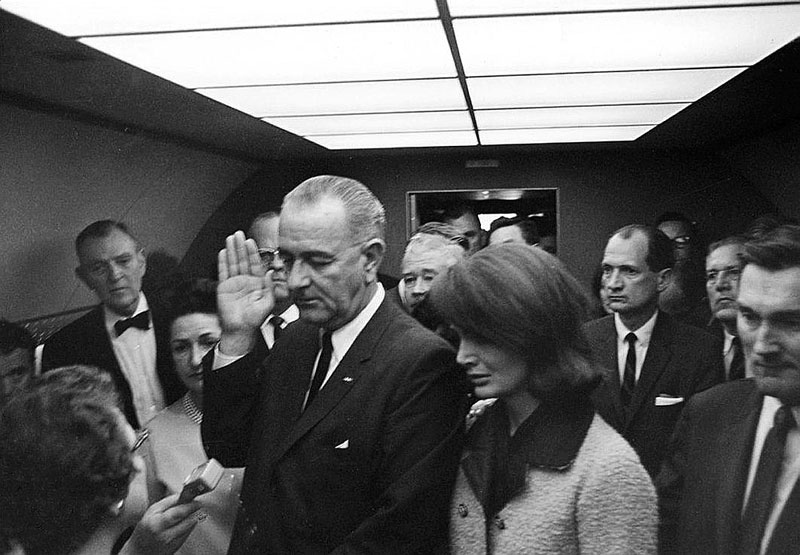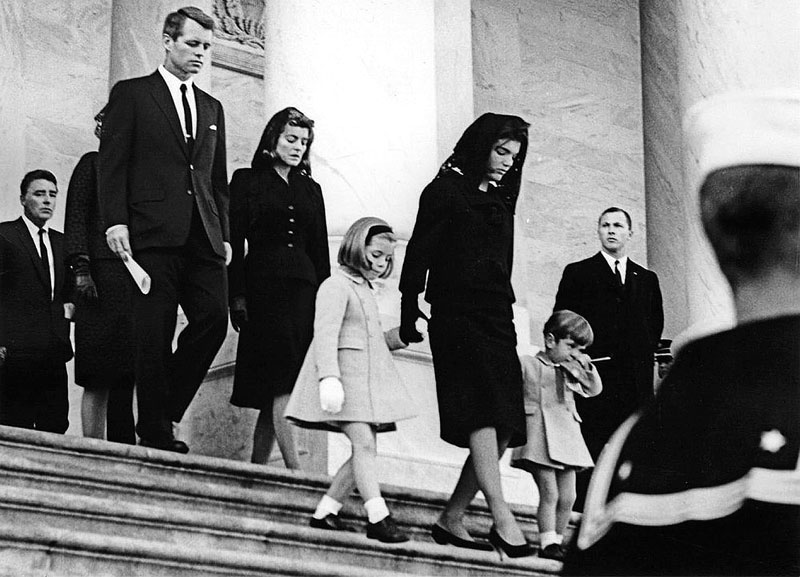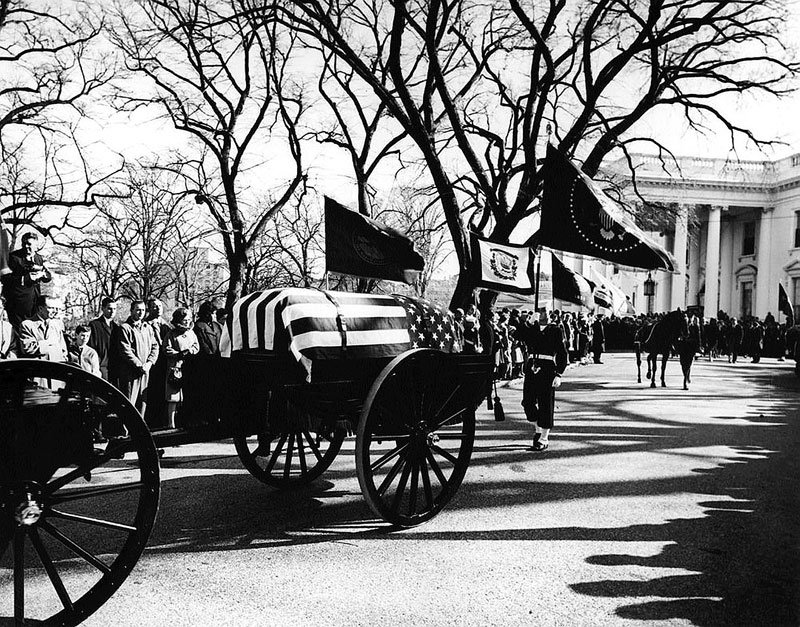55 years ago, JFK’s last words

The fascination with the knight in shining armor slain in broad daylight 55 years ago in Dallas, Texas continues around the world. Why this is so isn’t just for historians (some of whom have cut the knight’s achievements down to size) to scrutinize but also for psychologists and sociologists to analyze. For the everyman, the reason US President John F. Kennedy still inspires a cult-like following 55 years after his death is probably because he was able to communicate his achievements dramatically (victory in the Cuban Missile Crisis, Civil Rights, his determination to get man on the moon); had movie-star good looks and an extremely photogenic family as well; spoke clearly, articulately and unforgettably on the podium (“Ask not, what your country can do for you….”) and exuded hope and promise.
And because he was killed in action, I daresay this knight will be worshipped for another 55 years to come. A flawed knight, but a legend nevertheless.
This week, I came across a Reader’s Digest article that reveals what historians believe were JFK’s last words. Reader’s Digest is a trusted publication, and after reading other accounts of JFK’s final moments in many books (believe me, I’ve read them all, virtually), I can believe it.

President Kennedy and wife Jacqueline arrive at the Dallas Love Field Airport on Nov. 22, 1963. Photo by Cecil Stoughton /www.jfklibrary.org
According to Reader’s Digest, “It’s been reported that Jack’s final words were, ‘My God, I’ve been hit,’ but physicians have said this was impossible given Jack’s injuries. Well, historians have now clarified that the last words Jack spoke before the fatal shot were, ‘No, you certainly can’t’.”
What’s that again?
According to the magazine, “No, you certainly can’t” were JFK’s last words.
“He was making small talk in the car. ‘You certainly can’t say that the people of Dallas haven’t given you a nice welcome,’ the Texas Governor’s wife (Nellie Connaly) had just remarked to Jack, referring to the huge, adoring crowd.”

President Lyndon B. Johnson takes the oath of office on Air Force One at the Dallas Love Field Airport following the assassination of President Kennedy on Nov. 22, 1963. Beside him is JFK’s widow, Jacqueline. Photo by Cecil Sto ughton /www.jfklibrary.org
And to that, the President replied, “No, you certainly can’t.” It was “milliseconds before the bullet from Lee Harvey Oswald’s gun struck.”
It was a shot that reverberated around the world and people, even Filipinos, who were already of age at the time remember exactly where they were when they heard JFK was shot; the way people of my generation remember exactly what they were doing when they heard in the news that Princess Diana had died in a car crash or that two jets had slammed into the twin towers of the World Trade Center in New York.
“The President was still alive when he was admitted to the hospital less than 10 minutes later, and Jackie did not leave his side or take off the suit, which was now blood-soaked and splattered with brain tissue.”

Jacqueline Kennedy with her children Caroline and JFK Jr. going down the steps of the US Capitol Building where the late President John F. Kennedy lies in state on Nov. 24, 1963. Behind them are Peter Lawford, then Attorney General Robert F. Kennedy and Patricia Kennedy Lawford. Photo by Abb ie Rowe/www.jfklibrary.org
An account of the night JFK returned to Washington written by Theodore H. White (the author of the article quoting Jackie Kennedy as describing her husband’s thousand days in the White House as Camelot) reads: “No bugler sounded taps, no drum beat its ruffle, no band pealed Hail to the Chief as John F. Kennedy, 35th President of the United States, returned for the last time to Washington, the city where he practiced the magic art of leadership.”
When Air Force One, bearing the remains of JFK, taxied to a halt at 6:03 p.m. on Nov. 22, 1963, “One wished for a cry, a sob, a wail, any human sound,” White wrote. Instead, there was just only a loud silence. After the coffin bearing the fallen leader was carried from the plane to a lift by his friends, “the silhouettes at the edge of the lift, cut sharp by the light, parted; and a slender woman in a rose-colored suit with dark facing appeared, then hovered at the lip of the low platform. Bobby Kennedy was there, lifting up his arms to help her down, then guiding her into the gray service ambulance with the red dome light steady not winking. Mrs. Kennedy’s hand tried to open the ambulance door and fell limply as Bobby leaned forward, opened the door, guided her in. Then silently, the ambulance rolled on to the north and was gone.”

Mourners and members of the color guard line the North Lawn driveway as President John F. Kennedy’s funeral procession departs the White House on Nov. 25, 1963. Photo by Abb ie Rowe/www.jfklibrary.org
This time, JFK’s children were not around to greet him. Three days later, on Nov. 25, his son John’s third birthday, JFK was laid to rest at the Arlington Cemetery in Virginia. Mrs. Kennedy lit up the eternal flame that raged brightly even in daylight on her husband’s grave, just as his light had lit up hope and promise during his time.
When I had a chance to visit JFK’s grave many years ago, the eternal flame was still proudly burning. The legend lives on, the inspiration endures.
(You may e-mail me at [email protected]. Follow me on Instagram @joanneraeramirez.)
- Latest





























